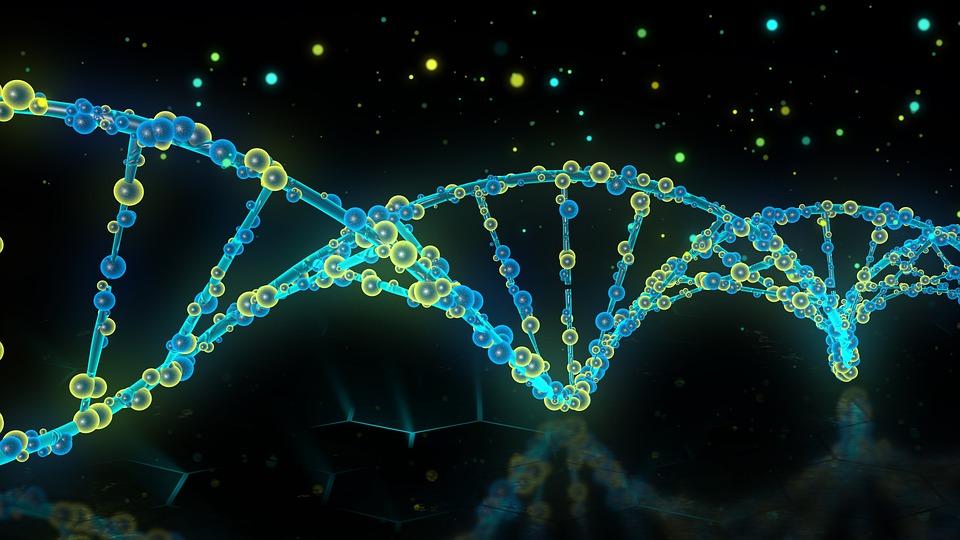
Practical Proteins (Part 1 of 4)
In this lesson students are introduced to the idea that DNA is the code to create proteins and that proteins can be structural or functional. Students are given a problem to create a model of a protein that can accomplish a particular function. Students will work in pairs to use the given materials to construct a "protein" that will remove a "nutrient" from a container and transport it along a wire. Once student have a working protein, they will create a detailed diagram in which the label each part of the protein and identify what it does for the structure of the protein.
Lesson Grade Level
8th GradeLesson Plan Link/URL
https://docs.google.com/presentation/d/1d7o7jALeH5AsDRlCdbYMFwh6lgdGMxi3/edit?u…Subject Area
Science Life Science L3: Genetics & Heredity Technology 4. Innovative Designer Engineering S2: Apply the Engineering Design Process S4: Apply Science to Engineering English Language Arts (ELA) Speaking & ListeningRelated Content

This lesson is part 1 of 2. This lesson is set up to have students explore the friction bridge designed by Leonardo Da Vinci. Students first discover the inventor and become familiar with his life

This project sets students up to explore animal anatomy and physiology with the idea of replacing a lost appendage (beak, leg, tail, fin, etc.) This is used in small groups of 2 or 3 over the course

In this lesson students will use everything they've done in parts 1-3 to analyze how mutations affect proteins. Students will build the mutated proteins that they sequenced in part 3. They will test